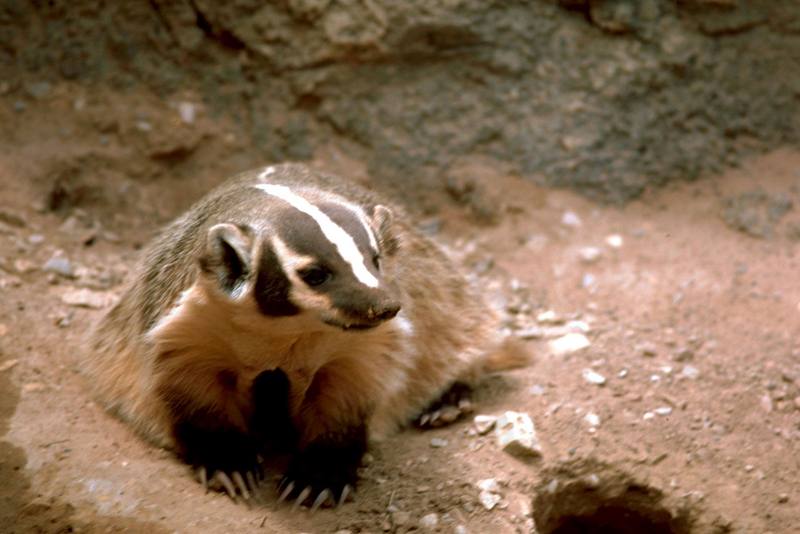|
| 질의: Mammal | 결과: 1953번째/3457 | |
American Badger (Taxidea taxus) (아메리카오소리)
| 제목: | American Badger (Taxidea taxus) (아메리카오소리)
| | 올린이: | Phoby (phoby@hanafos.com)
| |

| 해상도: 2500x1669
파일크기: 327683 Bytes
촬영일: 2004:11:22 13:29:00
등록시간: 2004:11:22 13:20:20
|
From the U.S. Fish and Wildlife Service's online digital media library.
Check http://images.fws.gov/ for higher quality version.
Metadata
Title: Badger
Alternative Title: (none)
Creator: Stolz, Gary M.
Source: WO-8310-031
Publisher: U.S. Fish and Wildlife Service
Contributor: DIVISION OF PUBLIC AFFAIRS
Language: EN - ENGLISH
Rights: (public domain)
Audience: (general)
Subject: mammal, new mexico
Date Issued: December 06 2001 |
^o^
동물그림창고 똑똑전화 누리집
^o^
|
|